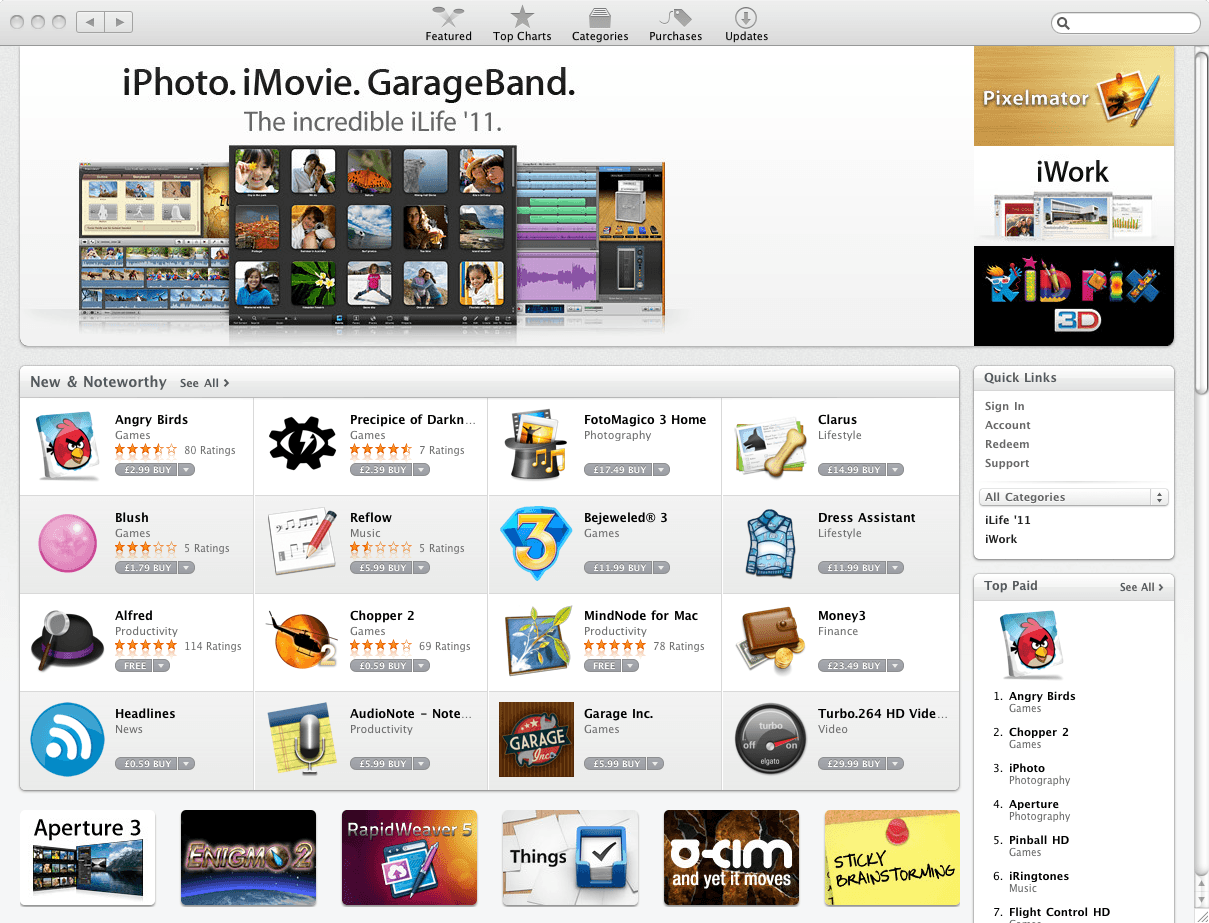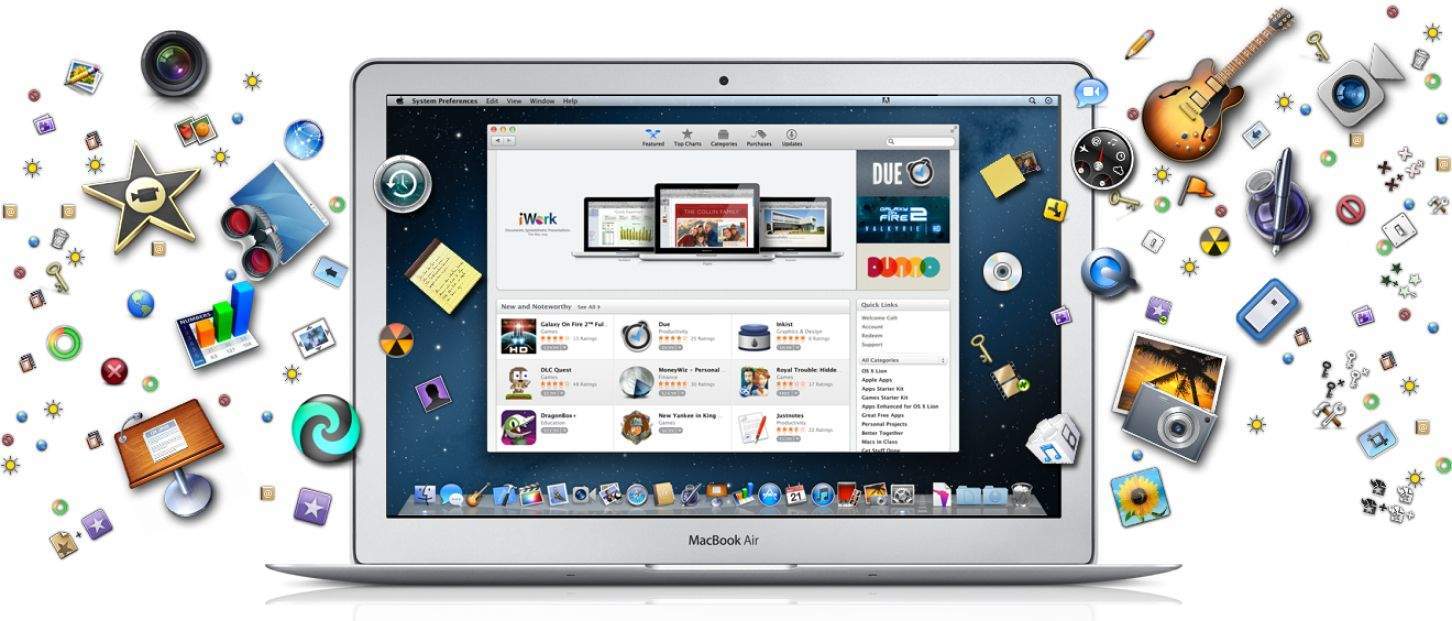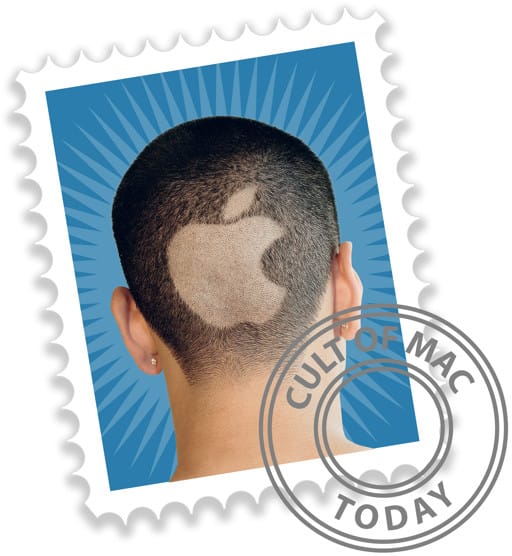 November 3, 2010: Apple prepares to launch the Mac App Store, publicly accepting app submissions from registered developers — and kicking off a gold rush among coders.
November 3, 2010: Apple prepares to launch the Mac App Store, publicly accepting app submissions from registered developers — and kicking off a gold rush among coders.
After witnessing the enormous sums of money raked in by early entrants in the iOS App Store, the easy-to-use digital storefront that revolutionized software distribution on the iPhone, developers flood Apple with new Mac apps.
Here comes the Mac App Store
Apple introduced the Mac App Store at its October 2010 “Back to the Mac” event, giving an onstage demo of how the online software shop would work. The digital storefront opened for business in January 2011, a couple of months after developers began submitting their software for Apple’s approval.
Cupertino also gave developers the chance to beta test OS X Snow Leopard 10.6.6. The software update arrived on January 6, 2011, with support for the new digital storefront.
“With more than 1,000 apps, the Mac App Store is off to a great start,” said Apple CEO Steve Jobs in a press release about the launch. “We think users are going to love this innovative new way to discover and buy their favorite apps.”
The new software storefront offered Mac apps in categories like education, games, graphics and design, lifestyle, productivity and utilities. “Users can browse new and noteworthy apps, find out what’s hot, see staff favorites, search categories and look up top charts for paid and free apps, as well as user ratings and reviews,” Apple said at the launch.
Popular apps from Apple’s iLife ’11 suite — iPhoto, iMovie and GarageBand — sold in the new store for $14.99 each. iWork apps Pages, Keynote and Numbers went for $19.99 each. And Aperture, Apple’s photo-editing and image-management software, sold for $79.99.
The Mac App Store launch transforms software

Photo: Apple
One early bone of contention with developers revolved around Apple’s refusal to let them offer demo versions of apps within the. While demos did not fly in the iOS App Store, either, they were an established part of the PC software industry.
Devs argued that demo versions were vital, given the higher prices that Mac apps would demand. Apple didn’t back down on demos, but did offer in-app purchases as a compromise.
For a variety of reasons, Mac apps never spawned zeitgeist-capturing hits like Flappy Bird or Pokémon Go. As a result, many view the Mac App Store as something of an afterthought when talking about Apple’s various revenue streams.
In fact, the launch of the Mac App Store signaled a fundamental change in the history of software. And it transformed life for a number of developers who struck it rich with their Mac apps.
Pixelmator, for instance, grossed $1 million in its first 20 days. (Pixelmator Team’s suite of apps remains so popular that Apple recently purchased the company). Lesser-known developer LittleFin Software, which received a publicity boost from Apple, went from selling seven copies of its app per day to 1,500 after the Mac App Store launched.
Software goes digital
Not everyone feels so positive about the Mac App Store’s impact on developers. However, it clearly showed that the days were numbered for boxed software delivered on DVDs. Digital distribution was taking over, just as with music and video.
Apple had already been speeding up the transition to digital distribution with its hardware. For instance, with the MacBook Air, which launched in 2008, Apple began eliminating disc drives from its computers.
Do you remember the first app you downloaded from the Mac App Store? Leave your comments below.



2 responses to “Today in Apple history: Apple preps for Mac App Store’s big debut”
After 6 years the Mac App Store is the same empty and expensive Store,
I don’t know where Apple is going with this
My first download was iLife late 2013 update
One year have passed since I decided to quit my office work and I never felt better in my life… I started to work from home, over a website I found online, for a few hrs every day, and I profit now much more than i did on my old work… My last month check was for $9000… Superb thing about it is the more time i got for my loved ones… KORTA.NU/MDe